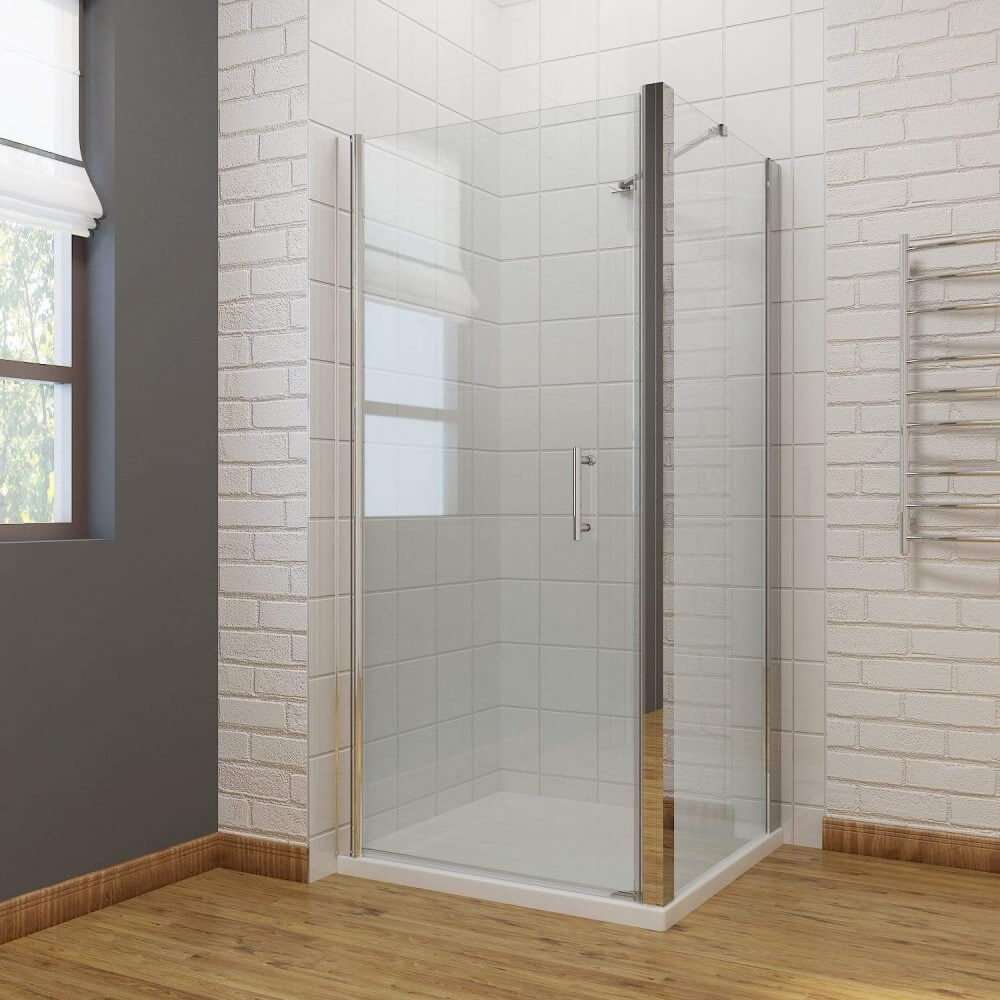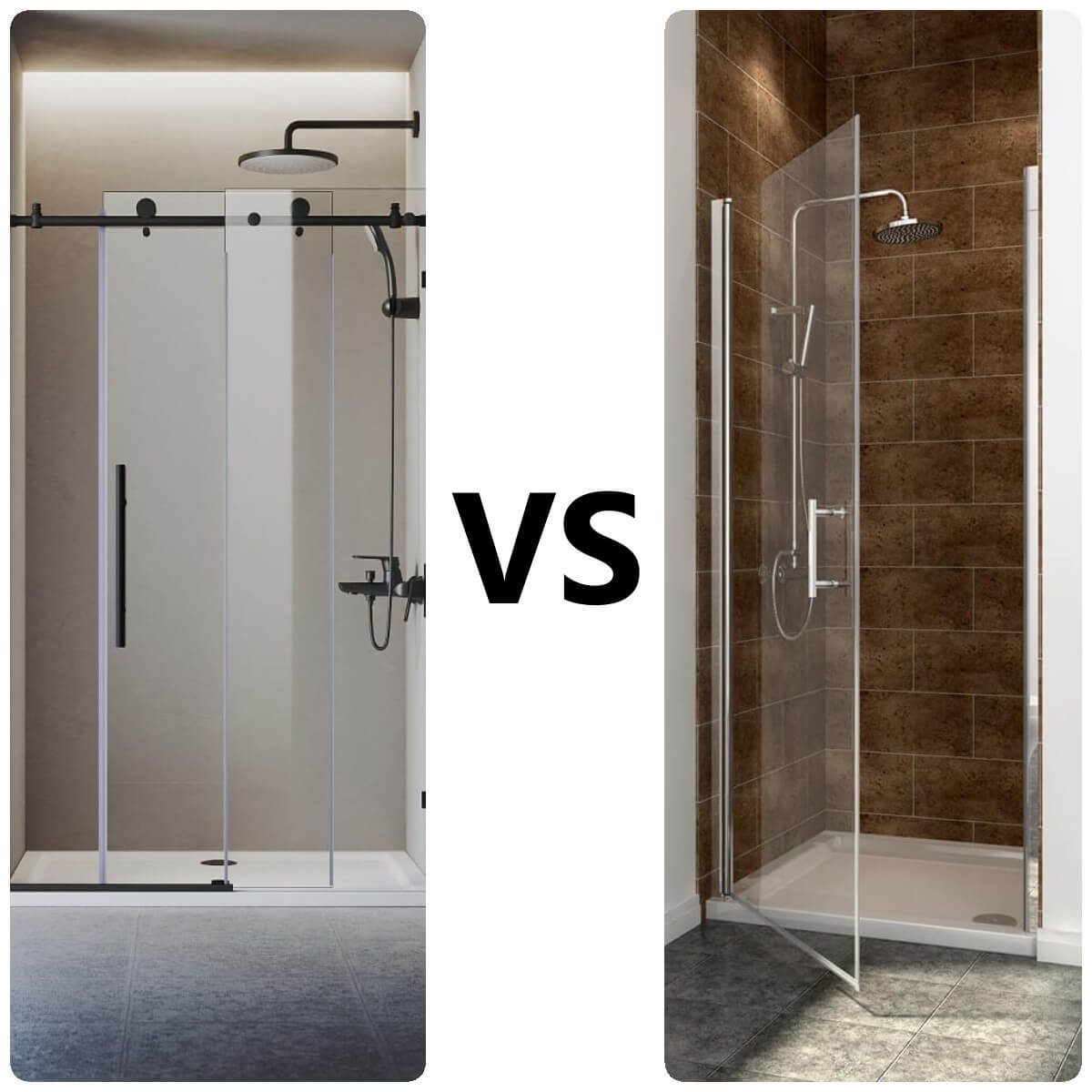There is nothing more frustrating than discovering that your shower screen is leaking. Over time, water can seep around improperly installed or aged screens, dampening your walls, flooring and mood. The constant wiping down just to contain the mess can become a chore, leaving you wishing for a waterproof solution. Many homeowners struggle with shower screens that were not installed correctly from the start or begin to fail prematurely due to low-quality materials.
In this article, we'll explore common causes of leaky shower screens based on real-life troubles that owners face. We'll also discuss practical solutions for repairing existing issues and ensuring newly installed screens actually keep the water contained where it belongs. By identifying the source of your leaks and taking proper precautions, you may finally be able to rid yourself of the damp hassle and enjoy a waterproof oasis in your bathroom once more.
Identifying a Leaky Shower Screen
In the early stages, shower screen leaks may be small and not very visible or noticeable. Over time however, untreated leaks can get progressively worse. Here are some tips to identify even small leaks:
- Inspect the walls and floor frequently. Examine the areas around your shower screen monthly for any signs of water residue, staining or dampness, especially in corners and areas that typically pool water.
- Use a moisture meter. These inexpensive devices can detect even minute increases in moisture levels within walls and flooring that indicate a leak.
- Place towels below the screen. After a shower, lay towels flat on the floor beneath the screen and sides of the shower area. If you find any water on the towels after, a leak is present.
- Check for musty smells regularly. Even small amounts of trapped, leaking water can promote mold growth, so be aware of any new, intermittent musty smells near your shower screen.
As leaks progress and get worse, the signs become more noticeable:
- Visible water marks begin to appear on walls below the screen.
- The floor around the shower becomes constantly damp.
- A musty odor near the bathroom floor becomes more distinct.
- The humidity level in the bathroom rises noticeably.
- Water begins visibly leaking or pooling during and after use.
The sooner you can identify even minor leaks, the easier and less costly repairs may be. If you notice there is something wrong and the situation is similiar to what we mentioned above, don't ignore! Addressing leaks promptly can prevent further damage and headaches down the road.
Identifying the Cause of Leaks
Before taking any steps to repair a leaky shower screen, it is critical to first identify the root cause of the leaks. Without determining the source of the issue, any "fixes" may only be temporary band-aids instead of permanent solutions.
Common causes of shower screen leaks include:
- Failing or missing caulk - one of the most prevalent causes, especially at corners and seams over time as caulk cracks, shrinks and loses its seal.
- Improper leveling - if the screen was not flush against walls during installation, water can pool at the base and seep through gaps.
- Faulty grout or screen materials - over time grout can crack, and lower quality screens may actually absorb water and leak.
Only once you've identified the likely cause(s) responsible for your leaky screen can you determine the proper remedies. First isolate the cause, then apply the targeted solution to actually fix the root of the leak instead of just concealing it temporarily.
Here are some ways to fix a leaky shower screen:
- Recaulk all seams and joints - If failing caulk is the cause of leaks, remove any old caulk and apply new mold-resistant, high-quality silicone caulk around the entire perimeter of the screen where it meets the walls. Fill any gaps or cracks thoroughly.
- Repair or replace grout - If cracks in the grout allowed water to enter walls, chisel out any damaged grout and refill the joints with new mold-resistant silicone grout. To fully fix the issue, you may need to regrout the entire shower.
- Shim the screen - If improper leveling caused leaks, use shims behind the screen panels to level and flush them against the walls. Then re-caulk around all joints.
- Replace damaged caulk - If caulk is crumbling, degraded or missing, remove any remaining caulk and apply a fresh layer around the entire screen. Mask areas before caulking to ensure a neat finish.
- Replace the screen - As a last resort, if a poor quality or damaged screen is the real culprit, complete replacement with a higher grade material may be necessary. Ensure proper installation the second time.
With proper diagnosis, targeted remedies and a high-quality repair or replacement, you can finally rid yourself of leaks and enjoy the waterproof oasis you deserve in your shower.At the same time, it also needs maintenance when there is no leakage: How to Keep Your Shower Screen Sparkling: Top Tips for Cleaning and Maintenance
Conclusion
In conclusion, a leaky shower screen can be both frustrating and damaging to your home. However, by understanding the common causes of these leaks and learning how to identify them early on, you can take the necessary steps to address the issue. This article has provided practical solutions for repairing existing leaks and ensuring newly installed screens are waterproof. Remember to address any signs of leaks promptly to prevent further damage and costly repairs. By taking the right precautions and making well-informed decisions, you can transform your bathroom into a truly waterproof oasis and enjoy a hassle-free shower experience.
Read More
- Advantages and main characteristics of the doors and shower enclosures
- 7 Small Bathroom Storage Ideas That Won't Make The Space Look Crammed
- Smart Bathroom,DIY your Big Style---SUNNY SHOWER DIY Showing
- Frameless Shower Door and Enclosure Designs
- Should I Mount a Frameless Shower Door over a Bathtub?
- Shower Screens Unveiled: Choose, Install & Maintain for a Luxe Bathroom!





